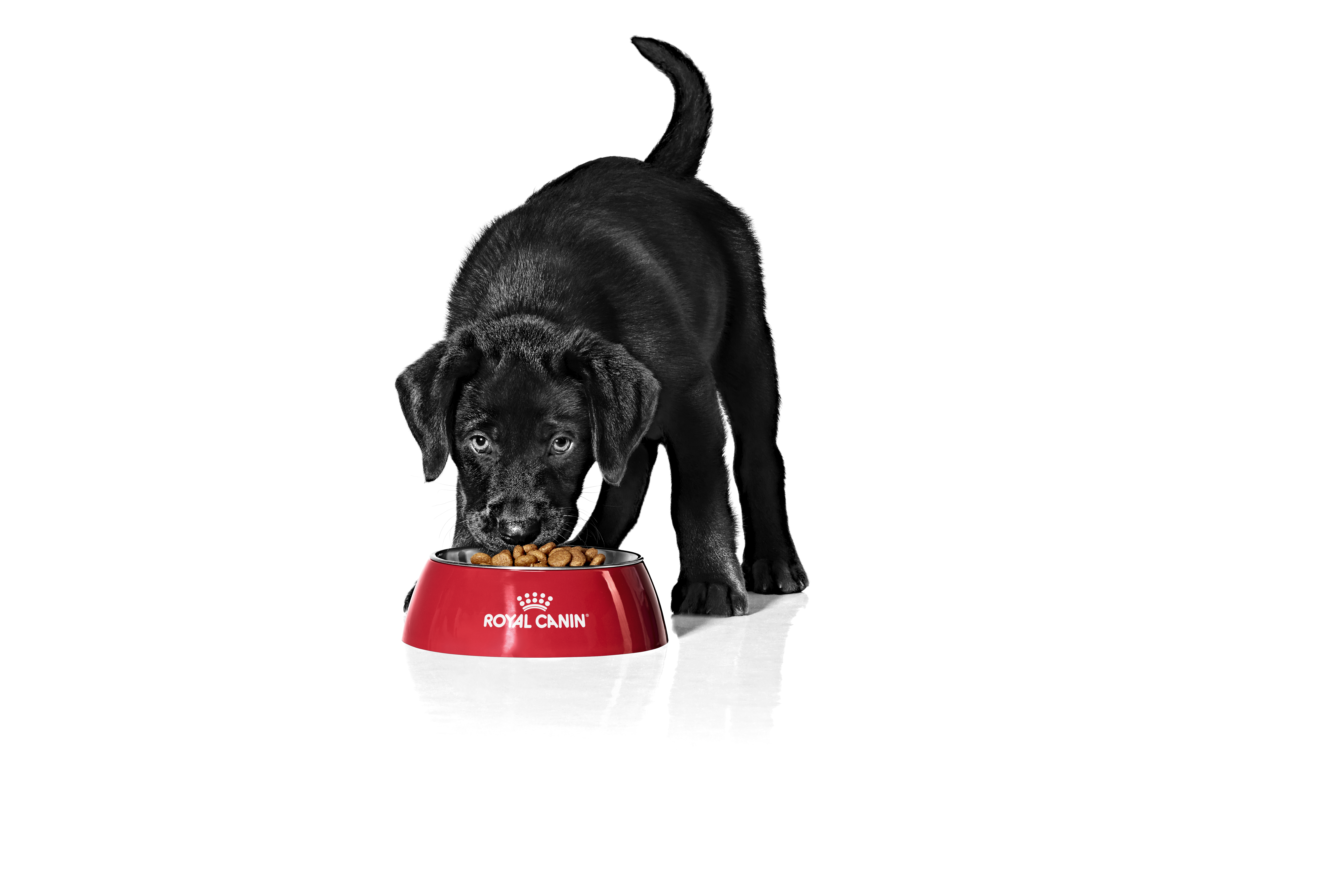The first few days and weeks with your new puppy
Welcoming a new puppy to your home is so exciting, but the early days can also be stressful for both you and them. Here are some things to bear in mind to help your puppy settle.
Your puppy’s first day with you
It’s a big day for your puppy when they leave their mother and litter. To help them feel happy and at home with you, follow these key tips.
Puppies like to know what to expect. Plan what your routine will be for feeding, toilet trips, exercise and grooming, then you can get started on day one. If you know what routine the breeder was following before collection, it's best to continue with this for consistency until your puppy is settled.
Your puppy’s first night with you
As with human babies, some puppies settle easily from the first night and others will give you sleepless nights as they adjust. Be patient and consistent and follow these tips.
Puppies tire very easily and need lots of sleep for their healthy development and wellbeing, so it’s important to give them plenty of opportunities to rest. At first, they need as much as 18 to 20 hours’ sleep every 24 hours. This will reduce to around 12 to 14 hours as they enter adulthood.
How to feed your puppy at first
Stick to the same diet initially
For the first week or two, give your puppy the same food as their previous owner, following the feeding recommendations on the pack. Any sudden dietary changes can stress them or cause digestive upsets.
Provide a quiet place to eat
This should be away from where you and any other pets eat. Leave your puppy in peace while they eat to prevent them feeling anxious or protective.
Begin a feeding schedule
Dogs feel reassured by knowing when they'll be fed, so begin a feeding routine from day one. During weaning, they'll need four meals a day and, until they're at least four months old, they'll need three meals a day. If you're ever unsure, ask your vet for advice.
Learn about puppy nutrition and feeding
Young dogs benefit from 3 or 4 small meals a day, instead of one or two big ones. You can use part of their main meal as food rewards for desired behaviours and during training sessions, to avoid overeating.
The safe way to change your puppy’s diet
Puppies have delicate digestive systems that don’t respond well to sudden changes. When you’re ready to change their food, it’s important you do it carefully and slowly to avoid causing a stomach upset. See our guide for how to change your puppy’s diet safely.

Feeding your puppy
Understanding canine nutrition and feeding habits will help you give your puppy the healthiest start in life.
Take your puppy to the vet
You may need to take your puppy for a check-up after their first few days settling with you. The vet will set up a vaccination schedule for them, as they’ll need to be vaccinated before they can mix with other dogs. And they can also advise you on everything from worming to nutrition.
Your puppy’s first visit to the vet
If you are unsure about their health status, taking your puppy to the vet for a check-up a few days after you bring them home is really important. If you’re well prepared, it’ll be a positive trip for your puppy. And it’s also a good opportunity for you to learn more about how to care for them.
First vet visitSocialising your puppy
Here are a few ways you can begin socialising your puppy in their first week with you.
Learn about socialising your puppy
Part of your responsibility as a pet owner is to help your puppy get used to the world and feel confident in new situations. You can help to socialise them by gradually introducing them to new experiences.
How to introduce your puppy to adults, children and pets
Introducing your puppy to new people and other animals is a great way to prepare them for the encounters they’ll face as they grow. But it’s crucial to do it in the right way.
Introduce your puppyYour puppy’s daytime and night time routines
The first few days and weeks are really important in ensuring your puppy integrates well into your family and grows into a healthy, well-behaved dog. If possible, it’s best to take the first week off work. Then you can focus on establishing routines that will help them feel secure and understand what’s expected of them.
Your puppy’s first walk
Once your puppy’s completed their vaccination schedule, and your vet’s confirmed they can mix with other dogs, they’ll need to be walked twice a day. Their first walk is an important event for them, and one you’ll want them to enjoy so they feel confident about future walks.
Follow the steps below to help get your puppy’s walks off to a great start.
Between four and 16 weeks old, a puppy's brain is developing and they're more willing to accept new experiences. This makes it the ideal time to begin introducing them to new experiences and start basic training. Puppies that aren't introduced to different sights, sounds, smells, textures, people and pets can struggle with a range of behavioural and emotional problems as they grow.
Training your puppy
Alongside socialisation, training can also help your puppy develop into a confident, well-behaved dog who can accompany you to a variety of settings.
View puppy ranges
Nutrition tailored to meet the specific needs of puppies of different ages, sizes and breeds.